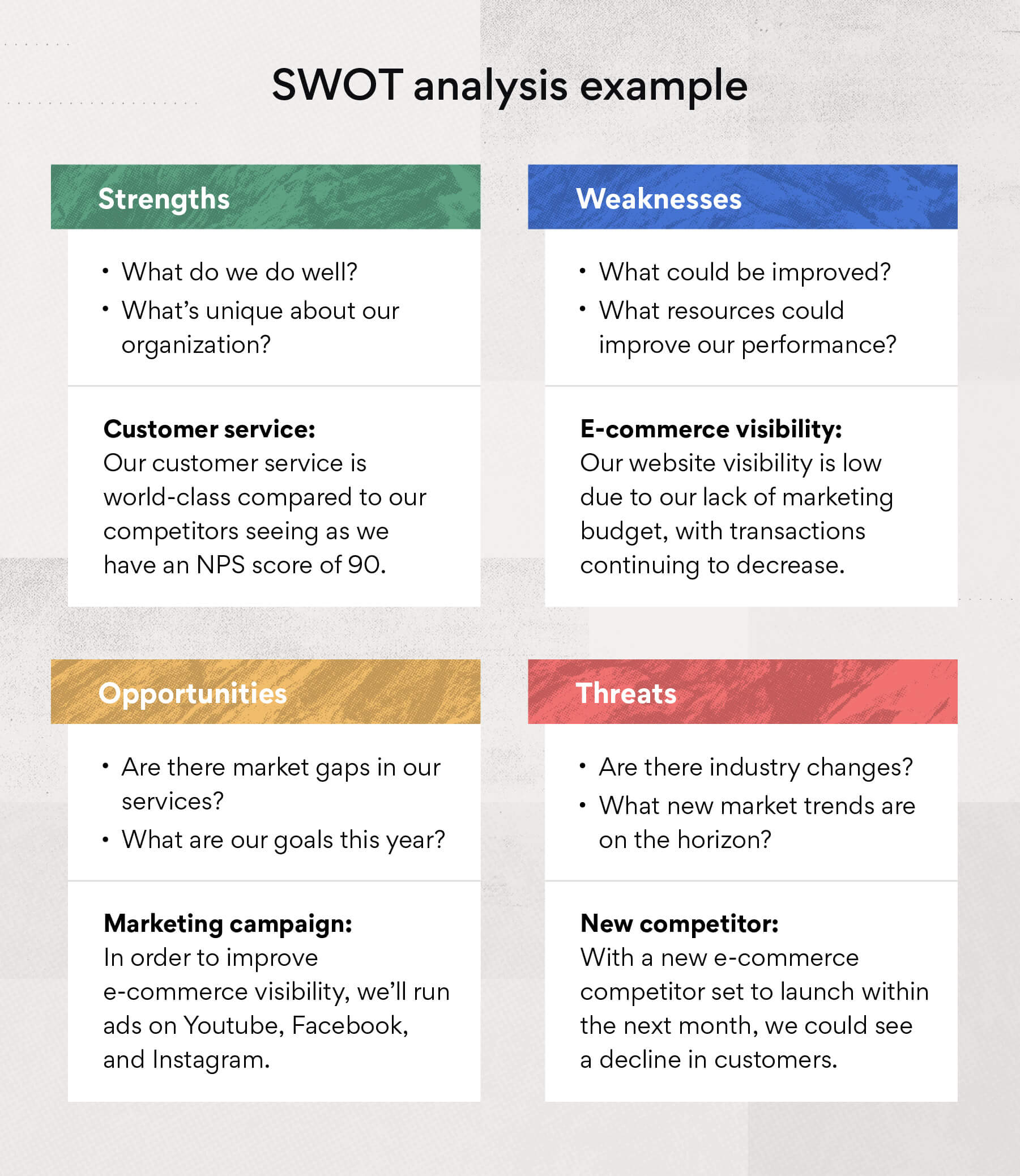How To Write Swot Analysis Of Myself

Imagine standing at a crossroads, a gentle breeze whispering through the leaves of a nearby tree. The path ahead seems hazy, filled with both exciting possibilities and daunting challenges. You’re not lost, but perhaps a little unsure of which way to turn. What if you had a compass, not just to guide you geographically, but to navigate your own potential?
The compass we’re talking about isn’t magnetic, but analytical: it’s the SWOT analysis, tailored for the most fascinating subject you’ll ever study – yourself. This article explores how to conduct a personal SWOT (Strengths, Weaknesses, Opportunities, and Threats) analysis, transforming self-awareness into a powerful tool for personal and professional growth.
Understanding the Four Pillars
A SWOT analysis, traditionally used by businesses, can be incredibly revealing when applied to an individual. Let’s break down each element:
Strengths: What Makes You Shine?
Consider what you do exceptionally well. Think about skills that come naturally, areas where you consistently receive positive feedback, or unique talents you possess.
Don't be shy about acknowledging your accomplishments. Maybe you’re a fantastic communicator, a gifted problem-solver, or possess a remarkable ability to stay calm under pressure.
Really digging deep helps unveil your core competencies.
Weaknesses: Facing Your Challenges
This section demands honesty and vulnerability. What areas do you struggle with? What tasks do you consistently procrastinate on or avoid altogether?
Identifying your weaknesses isn’t about self-criticism; it’s about recognizing areas for improvement. Perhaps you struggle with public speaking, time management, or technical skills.
Being realistic about these areas is crucial for growth. It’s about turning weaknesses into opportunities.
Opportunities: The World at Your Doorstep
What external factors could benefit you? Are there emerging trends, new technologies, or changing market dynamics that align with your skills and interests?
Think about networking events, online courses, or mentorship programs. Perhaps there are gaps in the market that you can fill with your unique skill set.
Opportunities are everywhere; you just need to train yourself to see them.
Threats: Navigating Potential Roadblocks
What external factors could hinder your progress? Are there competitors, economic downturns, or skills that are becoming obsolete?
Recognizing threats allows you to proactively develop strategies to mitigate them. Perhaps you need to update your skills, build a stronger network, or diversify your income streams.
Knowing your threats is a key element in being prepared.
The Process: A Step-by-Step Guide
Begin by creating a simple four-quadrant grid. Label each quadrant: Strengths, Weaknesses, Opportunities, and Threats.
Brainstorm ideas for each quadrant, without judgment. List as many items as you can think of. No idea is too big or too small.
Be specific and provide concrete examples. Vague statements won't be as helpful.
Once you have a comprehensive list, prioritize the items in each quadrant. What are your most significant strengths and weaknesses? Which opportunities are most promising? What threats pose the greatest risk?
Analyze the interconnections between the quadrants. How can you leverage your strengths to capitalize on opportunities and overcome threats? How can you address your weaknesses to minimize their impact?
Finally, develop an action plan. Set SMART (Specific, Measurable, Achievable, Relevant, Time-bound) goals based on your SWOT analysis. For example, if public speaking is a weakness, you might set a goal to join a Toastmasters club and deliver three speeches within six months.
Benefits Beyond the Bottom Line
While often used in business, a personal SWOT analysis offers far more than just career advancement. It enhances self-awareness, boosts confidence, and fosters a proactive mindset.
It provides a framework for making informed decisions, setting realistic goals, and navigating challenges with greater resilience. The exercise is a powerful reminder that you are in control of your own development and can actively shape your future.
It also helps you understand the value you bring to the table.
Conclusion: Embracing the Journey
Conducting a SWOT analysis of yourself is an ongoing process, not a one-time event. As you grow and evolve, your strengths, weaknesses, opportunities, and threats will change.
Regularly revisiting your SWOT analysis will help you stay aligned with your goals and adapt to changing circumstances. Think of it as a personal roadmap, guiding you on your journey of self-discovery and continuous improvement.
Embrace the journey, celebrate your strengths, learn from your weaknesses, seize opportunities, and face threats with courage and determination. Your potential is limitless; a SWOT analysis is simply a tool to help you unlock it.
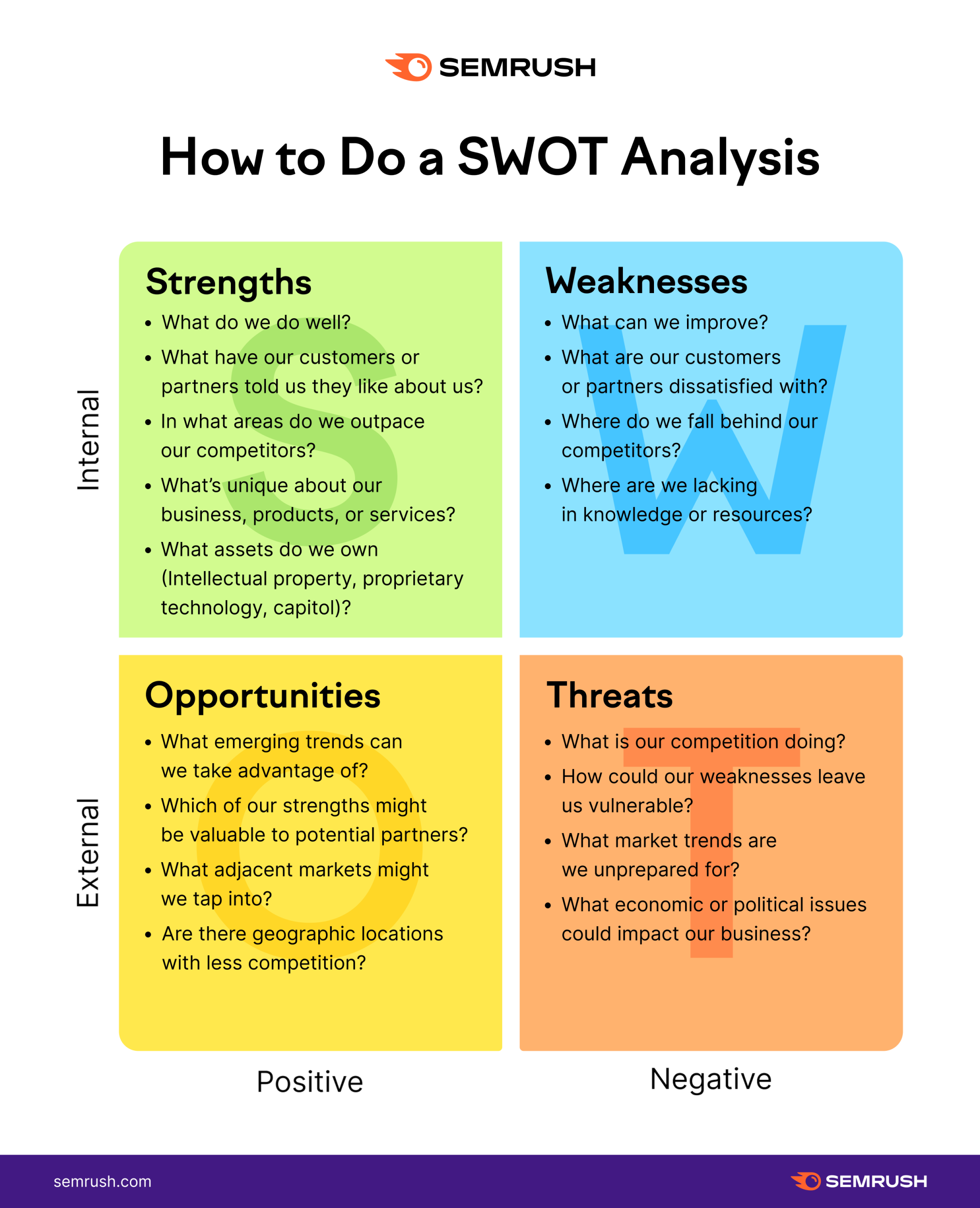





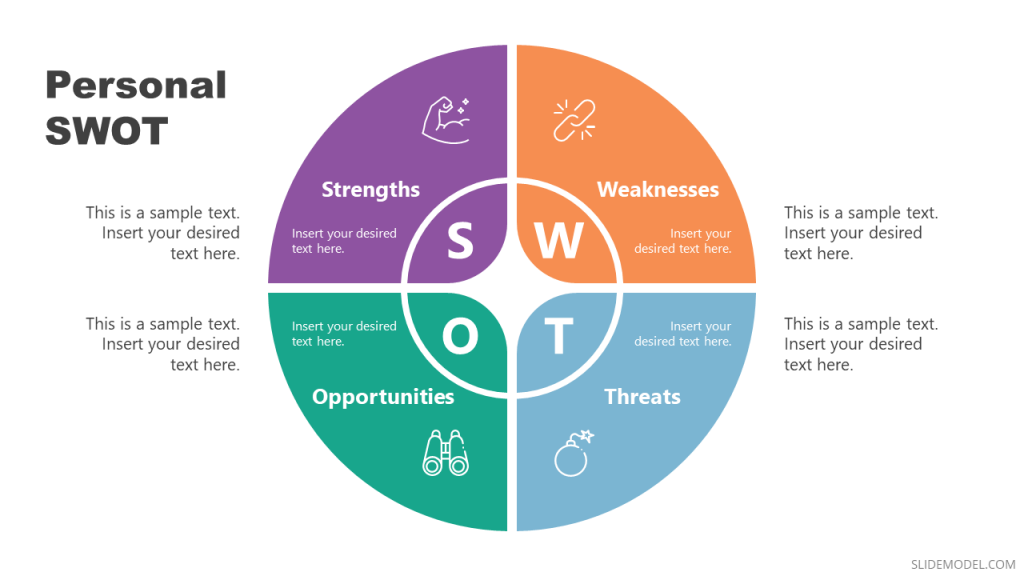
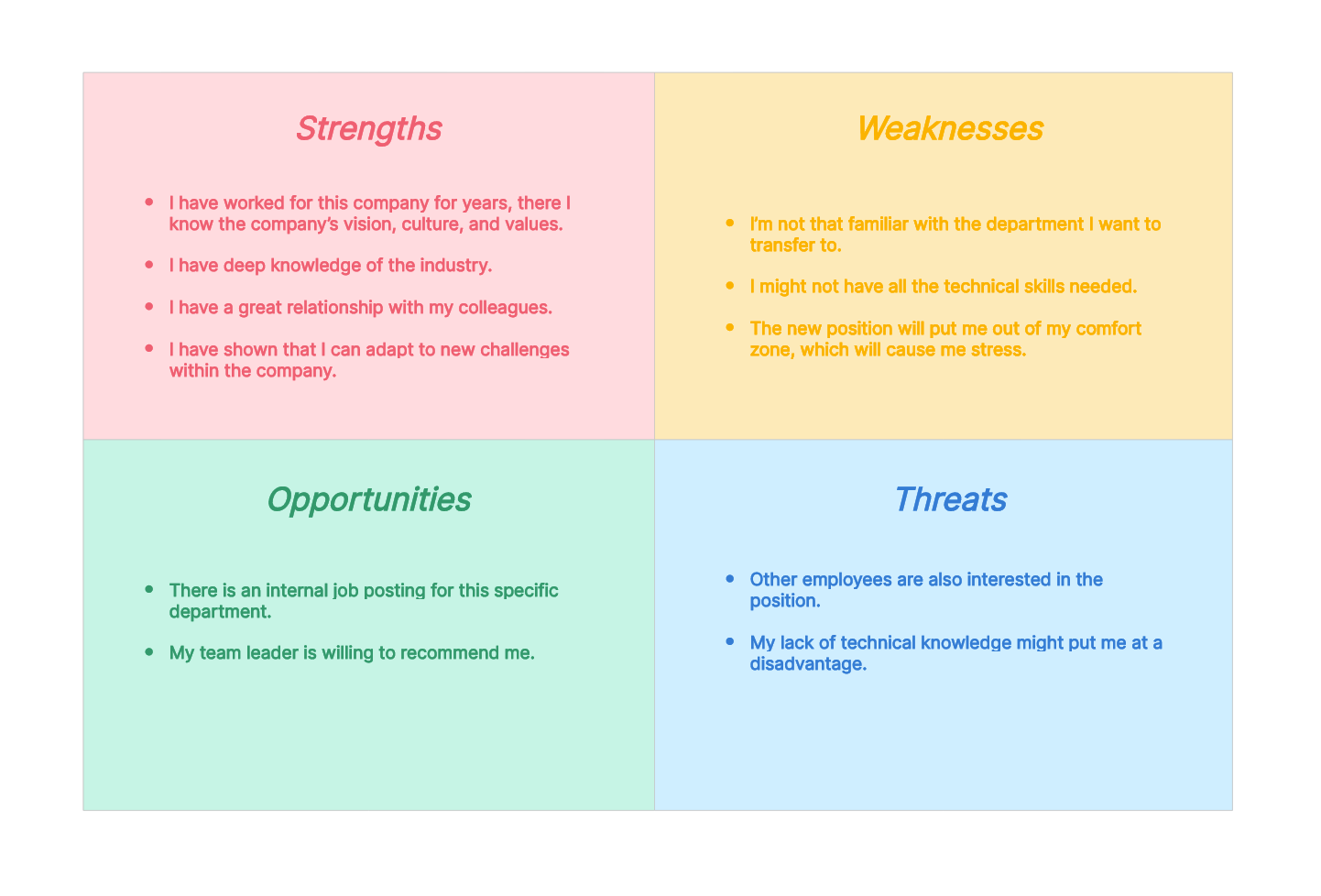
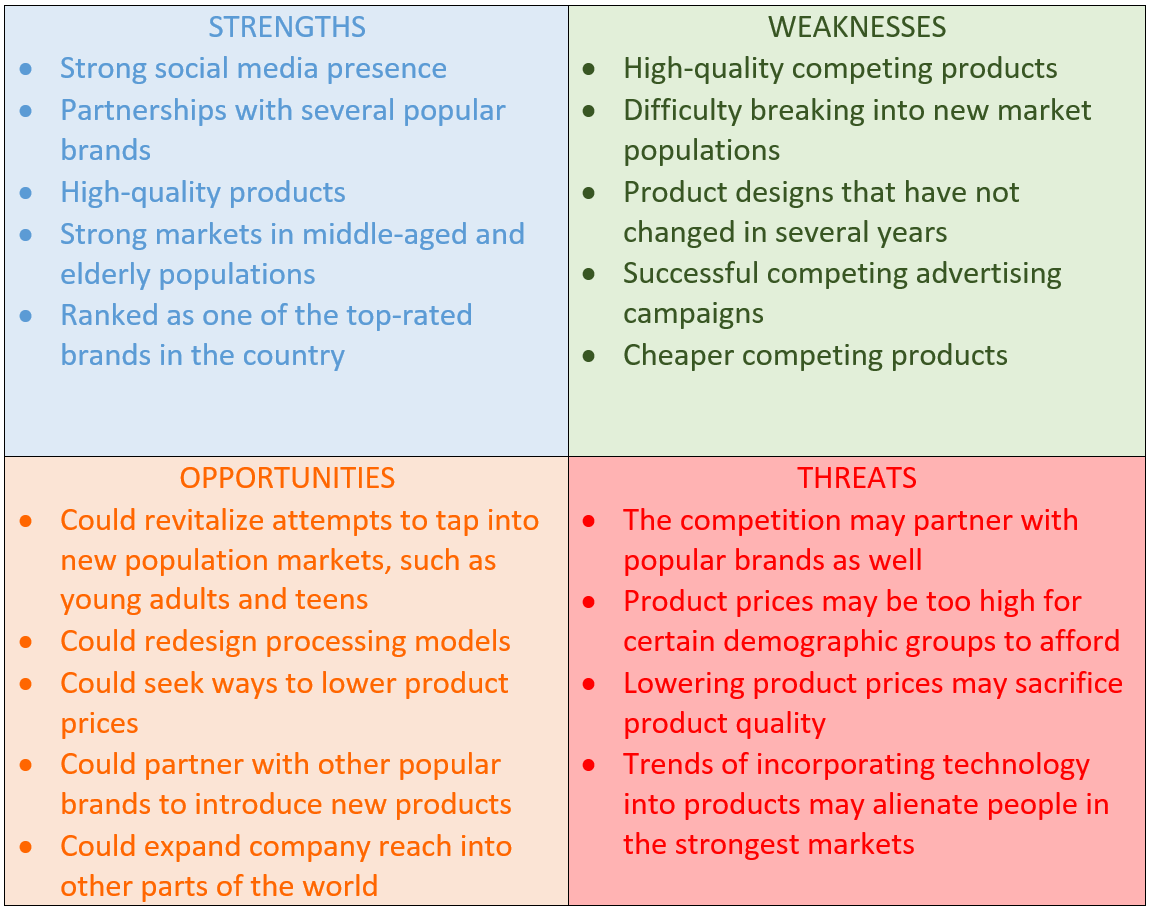
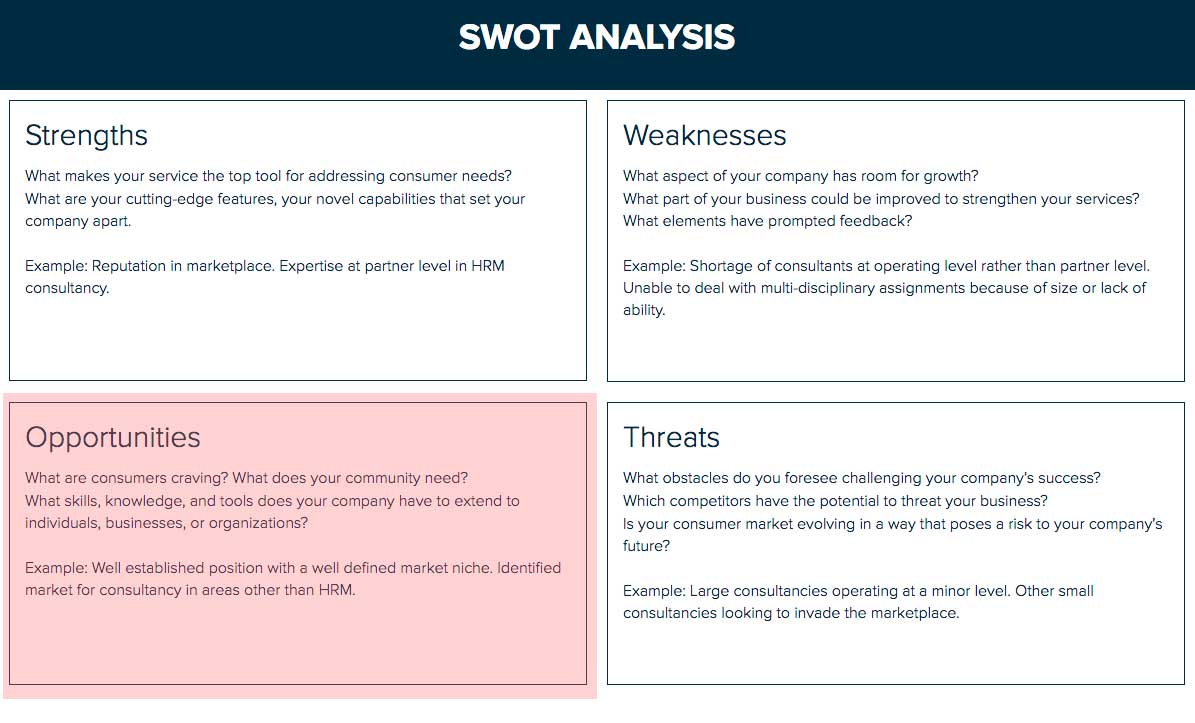

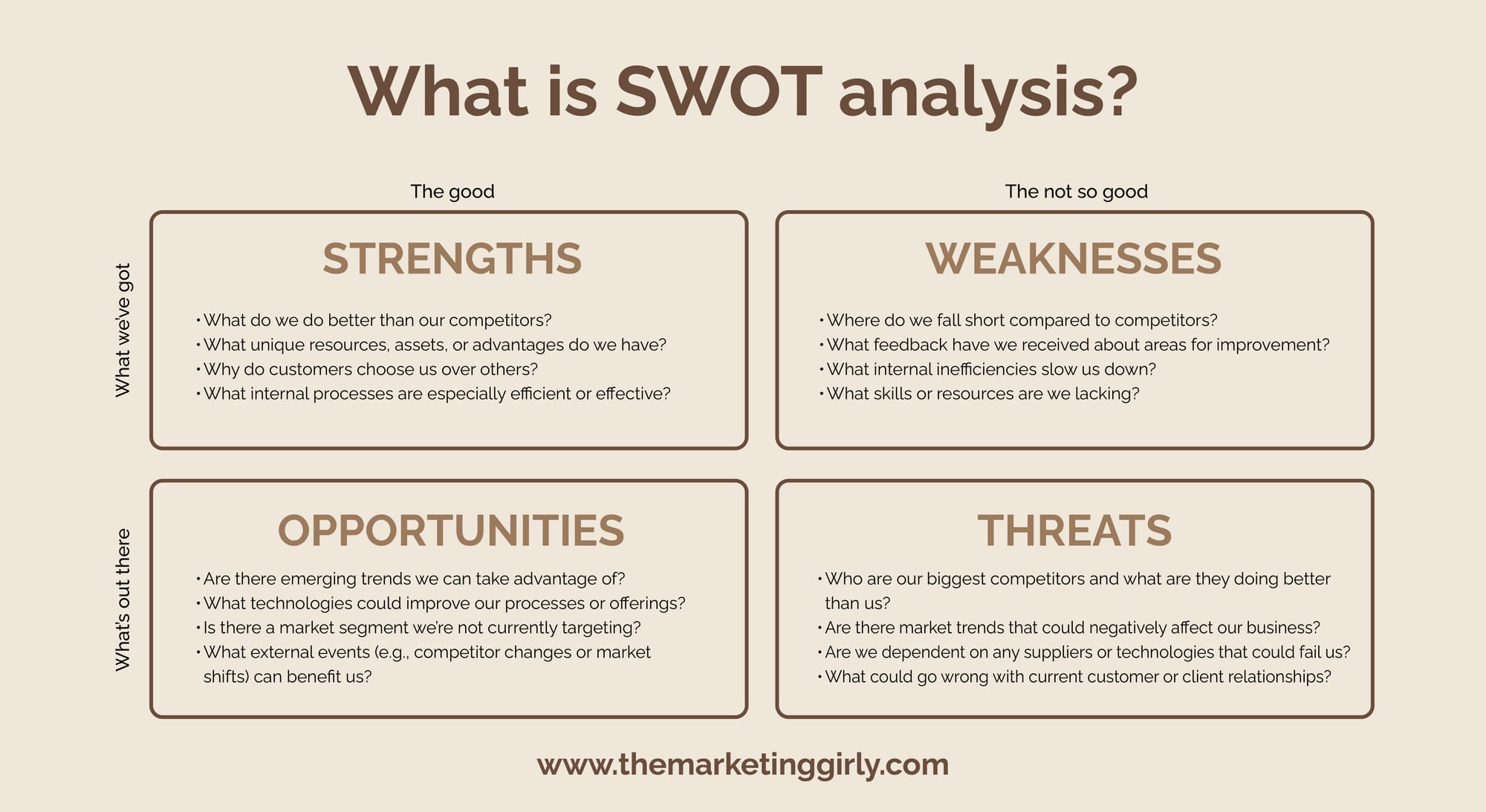
.webp)

![How To Write Swot Analysis Of Myself SWOT Analysis: How To Do One [With Template & Examples] - Blog](https://blog.hubspot.com/hs-fs/hubfs/swot-analysis-example.jpg?width=3000&height=2000&name=swot-analysis-example.jpg)
